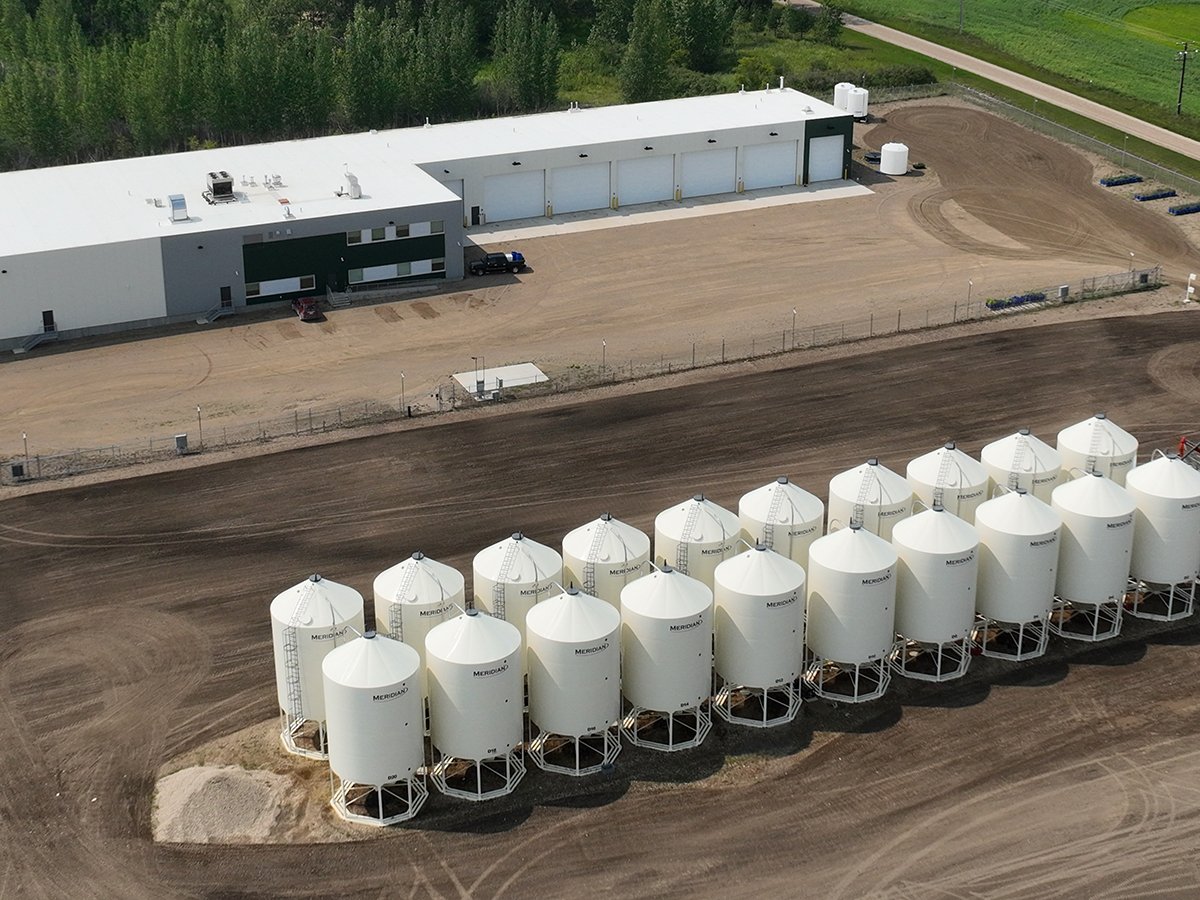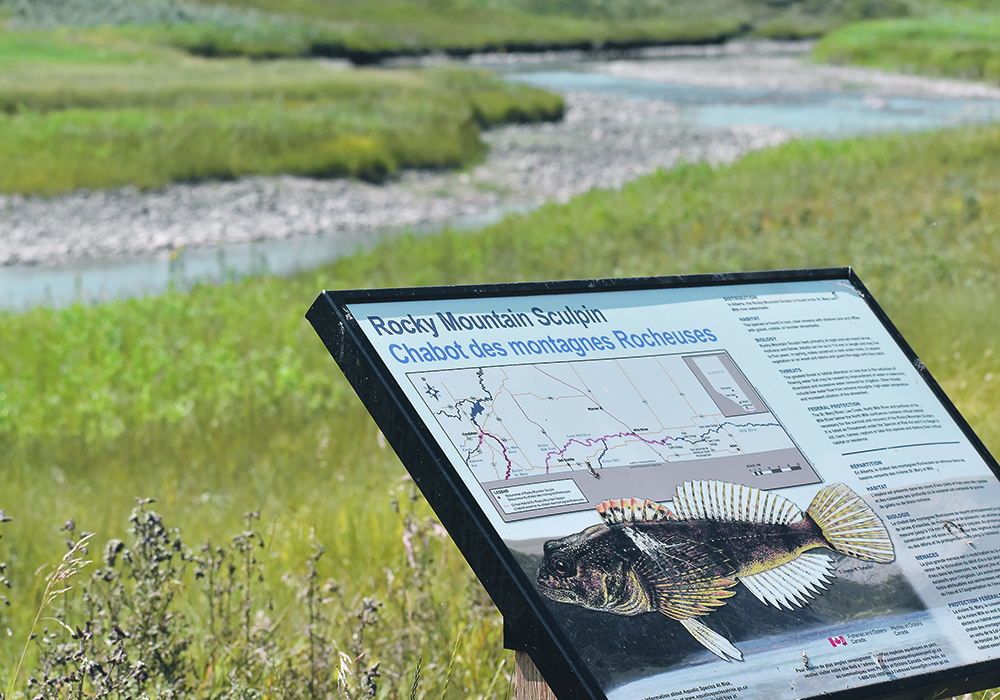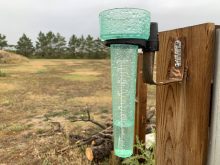Flow of the Milk River through the town of Milk River, Alta., have dropped to nearly zero as dry conditions persisted in southern Alberta and water cannot be diverted from the St. Mary River system.
It is the first time in 100 years that the region has seen only natural flow in the Milk.
Normally the river’s flow is augmented by water from the St. Mary River but a structure that allows water diversion failed on May 17 on the Montana side of the border. Work is underway to repair the structure that initially failed, as well as another part of the system that was deemed to be at risk of failure.
Read Also

Saskatchewan firm aims to fix soil with compost pellets
In his business, Humaterra, Leon Pratchler is helping farmers maximize yields in the weakest areas of their fields through the use of a compost pellet.
The town of Milk River and Village of Coutts are now on restricted water use and farmer irrigators can no longer draw water.
“Since the failure, we have received approximately 180 millimetres of rain at the Town of Milk River,” said Tim Romanow, executive director of the Milk River Watershed Council, in a situation report.
“This seven plus inches is shadowed by the 270 mm (10.6 inches) approximately just southwest of Del Bonita in the Montana headwaters. Projections for crop production losses were in the $2.5 to $3 million range during May but timely rains have helped producers limit loss in production. Final numbers will not be available until the end of the harvest season, but considering we have a harvest is likely a blessing.”
Romanow reported that repairs to the system in the United States are progressing. With intervention by local politicians, sand and gravel from the Alberta side of the international border, from a site near Del Bonita and Whiskey Gap, are being trucked to the repair site in Montana.
That has reduced costs for the U.S. and by using a nearby border crossing, has reduced transport distance of the needed material to three kilometres instead of 32.

The U.S. Bureau of Reclamation may be able to move some water to the Milk later this fall, Romanow added, but there are no guarantees.
Alberta Environment and Parks said interim solutions to divert water during the repairs “could not be justified considering the anticipated costs and minimal gains in water supply.”
Provincial river basin data indicated flow of the Milk at the western crossing from the U.S. into Alberta was 0.07 cubic metres per second as of Aug. 13 and .31 cubic metres per second at the town of Milk River.
The Milk is a popular paddling river in summer but low flows have made that impossible. The river is also home to several endangered fish species.
The local watershed has asked the public to report any fish stranding, invasive species or ATV use along the river and it plans to undertake fishery assessments and water quality monitoring.
















